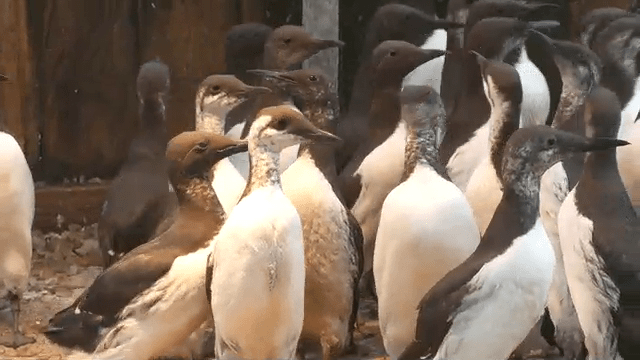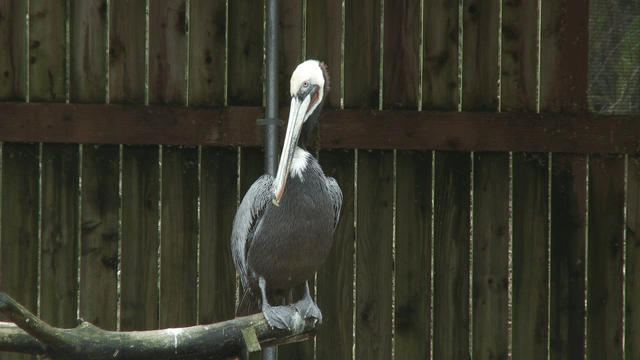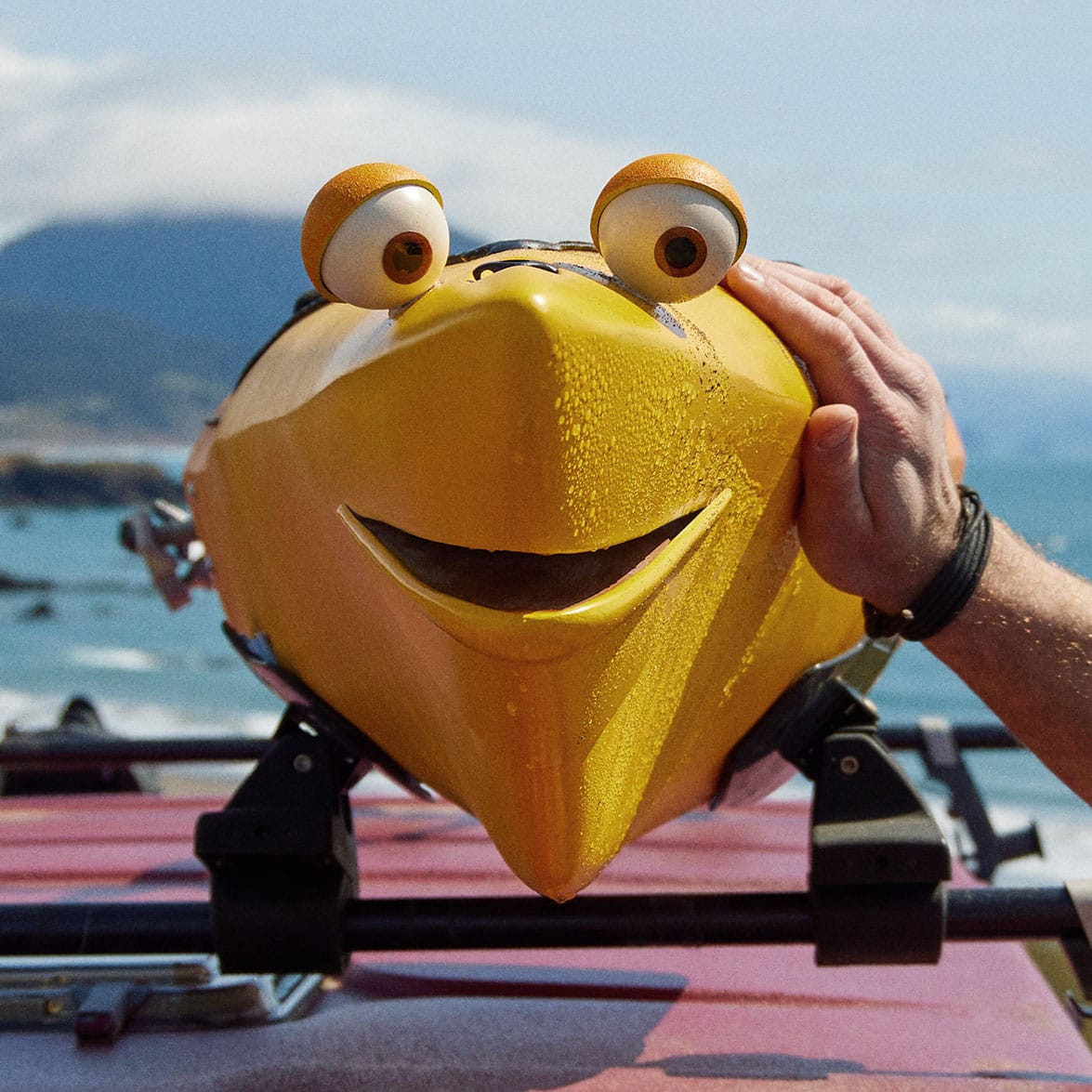It’s a good bet that you have walked a stretch of beach along Oregon’s gorgeous, nearly-400 mile-long coastline where chances are also good that you’ve crossed paths with wildlife that soar overhead or wing past you in a dizzying blur. From eagles to peregrines to scores of pelicans, sea birds by thousands either pass along the Oregon Coast or nest atop Oregon’s rocky islands and shorelines.
They are certainly a treat to watch – but when trouble arrives and threatens survival, the lucky ones land at a place you’ve likely not heard about: the Wildlife Center of the North Coast, where folks offer helping hands. It is a trauma ward for birds on the brink – the ones that won’t make it without intervention.
Sharnelle Fee is a big believer that wildlife are a measure of a community’s health – especially when there is a wealth of wildlife in the environment. She owns and operates the facility that is located on more than 100 acres of forested land along the Youngs River near Astoria. She described the Center’s mission simply: “Each year, we have wildlife species that get into trouble and our jobs are to make them well.”
She has no paid staff — all of her assistants are volunteers — and the remarkable 2,500-square-foot facility was paid for by grants and donations. Fee credits the local community and the many people who believe wildlife at risk deserve all the help we can give them: “It takes will and determination to care for wildlife.”
For nearly 20 years, the Center has been an oasis of aid for birds that fly into power lines or are hit by cars. The Center’s Assistant Director , Josh Saranpaa, said that the 12-person volunteer staff handles more than 2,000 birds each year. “It is in the nature of our commitment to help wildlife, birds large or small — from murres to cormorants to pelicans — that show up on the doorstep.”
In addition, volunteers conduct about 80 educational programs every year, teaching the public about seabirds and raptors. Volunteer Donna Wren described her reason for helping as “the love of animals. That’s the biggie right there! This was all new to me when I started two years ago, and I learned – I still learn something new about wildlife every day.”
Melissa Corvin says they will go through hundreds of pounds of small fish called “capelin” each week: “We feed our birds exactly what they would find in the ocean.”
Yet the work makes a difference: like last summer’s release of two pelicans or in September, when a bald eagle discovered freedom in flight again — brief but rewarding moments that bring the Center’s care-givers back each day.
“There is something about helping something that needs help. It’s fun, interesting and there are new challenges to deal with daily. It’s a good way to give back.”


